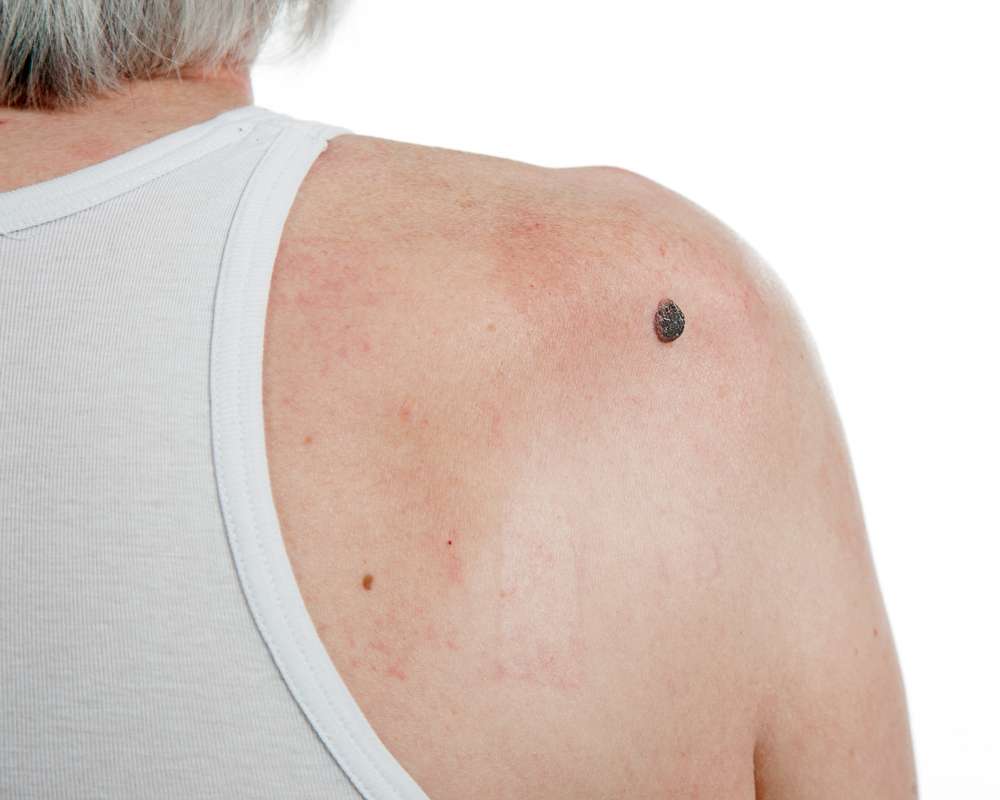Early Warning Signs of Melanoma
Dive into the crucial research findings highlighting the early warning signs of melanoma. Discover key information that can help you identify potential melanoma symptoms early on, leading to timely intervention and care. Stay informed and proactive about your skin health by understanding these important insights.

Understanding Melanoma and Its Risk Factors
Melanoma can develop on any part of the body with melanocytes, though it most commonly appears on the trunk in men and the legs in women. Several factors increase the risk of developing melanoma, including excessive UV exposure (both natural sunlight and artificial tanning beds), fair skin, a history of severe sunburns (especially in childhood), multiple moles or atypical moles, and a family history of melanoma. Genetic factors also play a significant role, with approximately 10% of melanoma cases having a familial connection. Understanding these risk factors can help individuals assess their personal risk and determine how vigilantly they should monitor their skin for changes.
The ABCDE Rule for Melanoma Signs
The ABCDE rule is a valuable tool for identifying potential melanoma symptoms. Each letter represents a characteristic that might indicate melanoma:
-
A (Asymmetry): One half of the mole doesn’t match the other half.
-
B (Border): The edges are irregular, ragged, notched, or blurred.
-
C (Color): The color isn’t uniform and may include different shades of brown, black, or tan. Red, white, or blue areas might also appear.
-
D (Diameter): The mole is larger than 6 millimeters across (about the size of a pencil eraser), although melanomas can sometimes be smaller.
-
E (Evolving): The mole changes in size, shape, color, or elevation, or begins to exhibit new symptoms such as bleeding, itching, or crusting.
Any mole demonstrating one or more of these characteristics warrants professional evaluation. Regular self-examination allows individuals to become familiar with their existing moles, making it easier to identify changes when they occur.
Beyond the ABCDEs: Additional Skin Cancer Symptoms
While the ABCDE rule covers many melanoma signs, other suspicious symptoms deserve attention. These include the “Ugly Duckling” sign—a mole that looks noticeably different from others on the body. New moles appearing after age 30 should be monitored closely, as should any that are painful, itchy, or tender. Areas that bleed, ooze, or become crusty without clear cause are concerning, especially if they don’t heal normally. Melanoma can also present as a dark streak under a fingernail or toenail, or as pigmentation on mucous membranes like the mouth or genital areas. Finally, any rapid change in an existing mole should prompt medical consultation.
The Importance of Early Detection for Treatment Outcomes
Early detection significantly impacts melanoma treatment outcomes. When detected at Stage I, the five-year survival rate for melanoma exceeds 95%. However, this rate drops dramatically in advanced stages. Regular skin self-exams and professional skin checks are essential components of early detection. Dermatologists recommend monthly self-exams and professional evaluations every year for those with average risk, with more frequent checks for high-risk individuals. Modern detection tools include dermoscopy (examination with a special magnifying device) and total body photography to track changes over time. Some centers also utilize artificial intelligence systems to help identify concerning lesions.
Advances in Melanoma Research and Diagnostic Tools
Significant advances in melanoma research have improved diagnostic capabilities. Beyond visual examination, dermatologists now employ various technologies to detect melanoma earlier and more accurately. Dermoscopy has become standard practice, allowing visualization of subsurface structures that aren’t visible to the naked eye. Reflectance confocal microscopy provides cellular-level images without requiring tissue removal. Genetic testing of suspicious lesions helps identify melanomas that might appear visually benign. Blood tests that detect circulating melanoma cells or tumor DNA show promise for monitoring disease progression and recurrence. These technological advances complement clinical examinations in the quest for earlier, more accurate diagnosis.
Maintaining Optimal Skin Health and Preventive Measures
Maintaining healthy skin involves a comprehensive approach to melanoma prevention. Sun protection remains the cornerstone of prevention—using broad-spectrum sunscreen (SPF 30 or higher), seeking shade during peak hours (10 a.m. to 4 p.m.), wearing protective clothing, and avoiding tanning beds. Regular vitamin D levels should be monitored, especially for those limiting sun exposure. A diet rich in antioxidants may provide some protective benefits, though research in this area continues. Individuals with numerous moles benefit from documentation through photography, allowing for easier comparison over time. Education about risk factors and warning signs empowers individuals to take control of their skin health through vigilant monitoring and prompt action when concerns arise.
Conclusion
The early warning signs of melanoma provide a crucial window for intervention and successful treatment. By understanding and regularly checking for the ABCDE characteristics and other suspicious changes, individuals can detect potential melanomas at their most treatable stages. Combined with sun protection measures and regular professional skin examinations, this knowledge serves as a powerful tool in combating this aggressive form of skin cancer. As research advances and diagnostic technologies improve, the prospects for earlier detection and better outcomes continue to brighten for those affected by melanoma.
This article is for informational purposes only and should not be considered medical advice. Please consult a qualified healthcare professional for personalized guidance and treatment.




